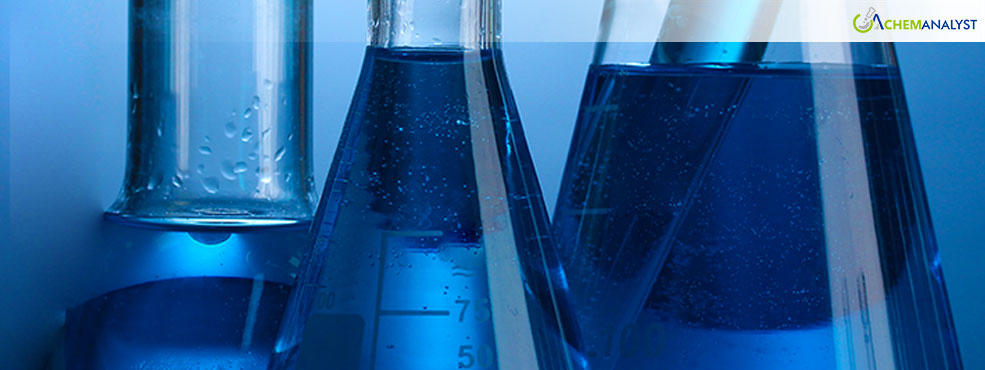Germany’s Sodium Hypochlorite Prices Inch Up with Winter’s Demand Wave
- 04-Feb-2025 3:30 PM
- Journalist: Emilia Jackson
Sodium Hypochlorite prices saw a slight increase in January 2025 due to seasonal demand fluctuations, higher raw material costs, and supply constraints. Industrial demand from water treatment, pulp and paper, and textiles further supported the price rise. Operational slowdowns at German Sodium Hypochlorite production facilities, along with increased costs of Caustic Soda and Liquid Chlorine, added upward pressure. Broader macroeconomic factors, including manufacturing activity, consumer price trends, rising energy costs, and port logistics, also influenced Sodium Hypochlorite market dynamics.
Despite these supply-side factors, overall Sodium Hypochlorite production levels remained steady, ensuring that the price incline remained moderate rather than abrupt. However, weakened demand for chlorine derivatives affected the availability of Caustic Soda, which in turn impacted Sodium Hypochlorite pricing.
Winter period typically drives increased consumption of Sodium Hypochlorite disinfectants. Industrial demand remained stable, with key end-user industries such as water treatment plants and textile manufacturing maintaining their procurement levels. However, weak demand in the broader chemical industry, including caustic soda markets, limited the extent of price increases.
The European Commission’s January report indicated that manufacturing activity in the Eurozone continued to contract, albeit at a slower rate than in previous months. Germany’s manufacturing activity rose slightly, signaling a modest improvement in industrial sentiment. However, surplus capacity and weak export sales persisted, curbing aggressive price hikes for industrial chemicals like Sodium Hypochlorite solutions.
Energy market fluctuations also played a role in the pricing trend. The European Union’s gas price cap expired in late January, reflecting relative stability in energy markets compared to the 2022 crisis. However, energy costs remained a contributing factor in Sodium Hypochlorite manufacturing expenses.
Port logistics in Europe and Asia remained a concern, particularly as disruptions due to Red Sea shipping diversions affected supply chains. Ocean freight rates initially surged due to pre-Lunar New Year shipments but have since begun easing. While these logistical challenges impacted Sodium Hypochlorite transport costs, they were not severe enough to cause major supply shortages.
The slight incline in Sodium Hypochlorite prices in January 2025 was largely a result of seasonal demand, raw material cost increases, and supply chain constraints. However, stable overall production levels prevented any drastic price surges. While industrial activity in Europe showed early signs of improvement, market uncertainties related to energy, inflation, and logistics persist.
Looking ahead, the price trajectory of Sodium Hypochlorite chemicals will likely depend on raw material cost dynamics and industrial demand recovery. If manufacturing rebounds in the coming months, demand for associated chemicals may rise, leading to further price adjustments. Meanwhile, easing freight rates and stable energy supplies could help mitigate additional cost pressures in the near term.



